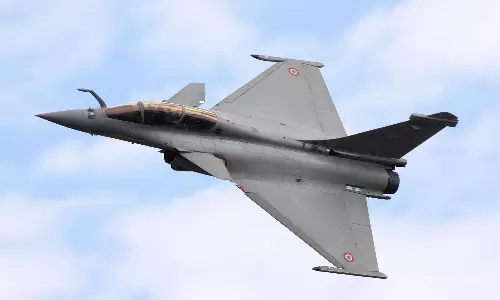Why did space mission fail?
The IRNSS-1H satellite would have brought us nearer to completing an octet of navisats to form India's own GPS system.;

The Indian Space Research Organisation suffered a rare setback when its launch of the latest navigation satellite failed on board its time-tested PSLV rocket. This is the first time in 24 years that a mission on board the workhorse polar rocket is failing, but the debacle cannot be attributed to the C-39 launch vehicle as it was the failure of the heat shield that led to the Rs 240 crore loss. The IRNSS-1H satellite would have brought us nearer to completing an octet of navisats to form India’s own GPS system. It was close to being deployed to take the place of IRNSS-1A in the septet when it could not be placed in orbit as it still lay cocooned inside the heat shield that was to protect it from the high temperatures caused by friction as the rocket travels in the Earth’s atmosphere. It becomes even more important for Isro to pinpoint the reason for the failure as a consortium of private companies was involved for the first time in assembling the satellite.
There is no room for blame game. It is far more important to know why the mission failed as any such event is a hit to Isro’s reputation as the emerging global hub of satellite launches boasting of a record launch of 104 satellites off one rocket. More than the cost of the mission failure now is the technical challenge to an institution that has become a byword for safe and reliable satellite launches at an economical price for the global space industry. There is no point in passing the buck either to private industry, which is a fledgling in the space business, as ISRO was involved in guiding it to put the project together for the journey into space.




